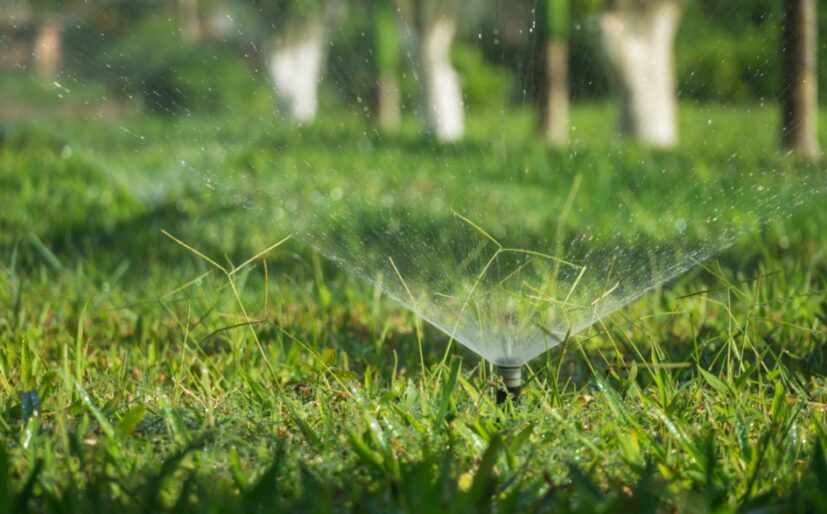Many maintenance managers and building operators are looking to lessen their carbon footprint, and as part of that endeavour, are considering getting greener with their groundskeeping. If you’re looking to improve your environmental efforts with a few new groundskeeping practices, start by looking at your emissions, lawn care, and water usage as part of your outdoor maintenance strategy.
Water
Is your irrigation system eco-friendly? Setting up sensors that go on and off when it’s driest is one way to make your irrigation more efficient. There are even soil sensors available that let you know the moisture content in the soil and whether it’s an optimal time to water, so you water when it makes sense.
If you are looking at upgrading or changing your irrigation system, consider switching to drip irrigation. This system aims the water directly at the roots, maximizing the effectiveness and lowering “waste” when water evaporates before the plants or grass get what they need.
Even simple tools like rain barrels can help you make the most of rainwater, allocating where and when you need it most, to increase the efficiency of your water usage.
Emissions
Rather than using gas-powered equipment, you might consider switching to battery-powered as part of your strategy to get more environmentally friendly. Things like lawnmowers may be something you can simply convert for a cost-effective start to this mandate.
Whether you have one maintenance vehicle or a whole fleet, you can lessen your environmental impact there, too. Things like limiting idling, adding solar panels, adopting EV options, and improving utilization can all help you get your maintenance vehicles performing in a way that harms the earth less.
RELATED: Switching your grounds equipment from gas to electric
Lawn care
Even making small changes to your lawncare can have a positive environmental effect. Things like simply raising your mowing heights slightly can lessen the frequency of your cutting, saving emissions and labour without even changing your equipment.
If you want to up the green factor on your fertilizing, ensure that you are doing it in the summer or early fall to minimize runoff, use organic fertilizer, and limit it to once per year.
As you strive to get more environmentally friendly with your groundskeeping, you can also enjoy the benefits of cost reduction, time savings, and extending the condition and lifetime of your equipment. It’s a win-win for the environment and your business when you focus on greener groundskeeping.








